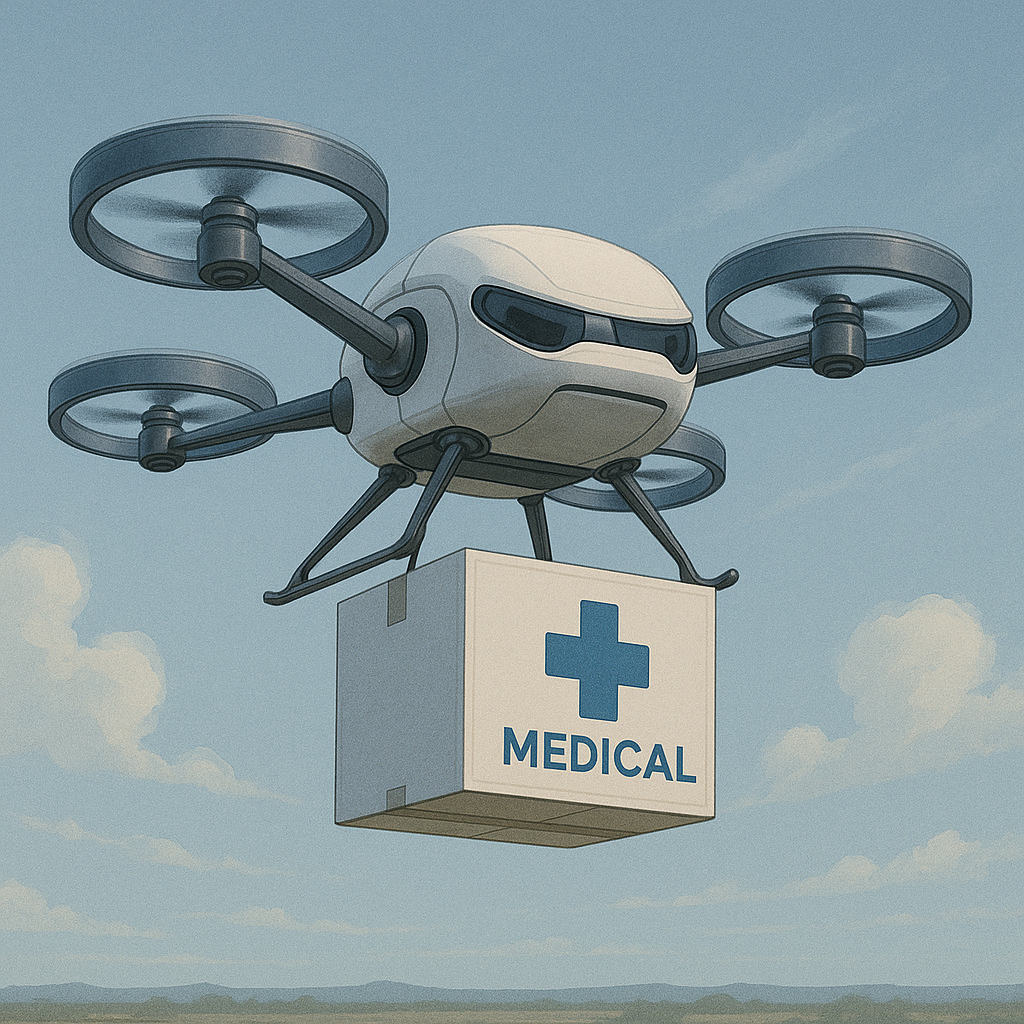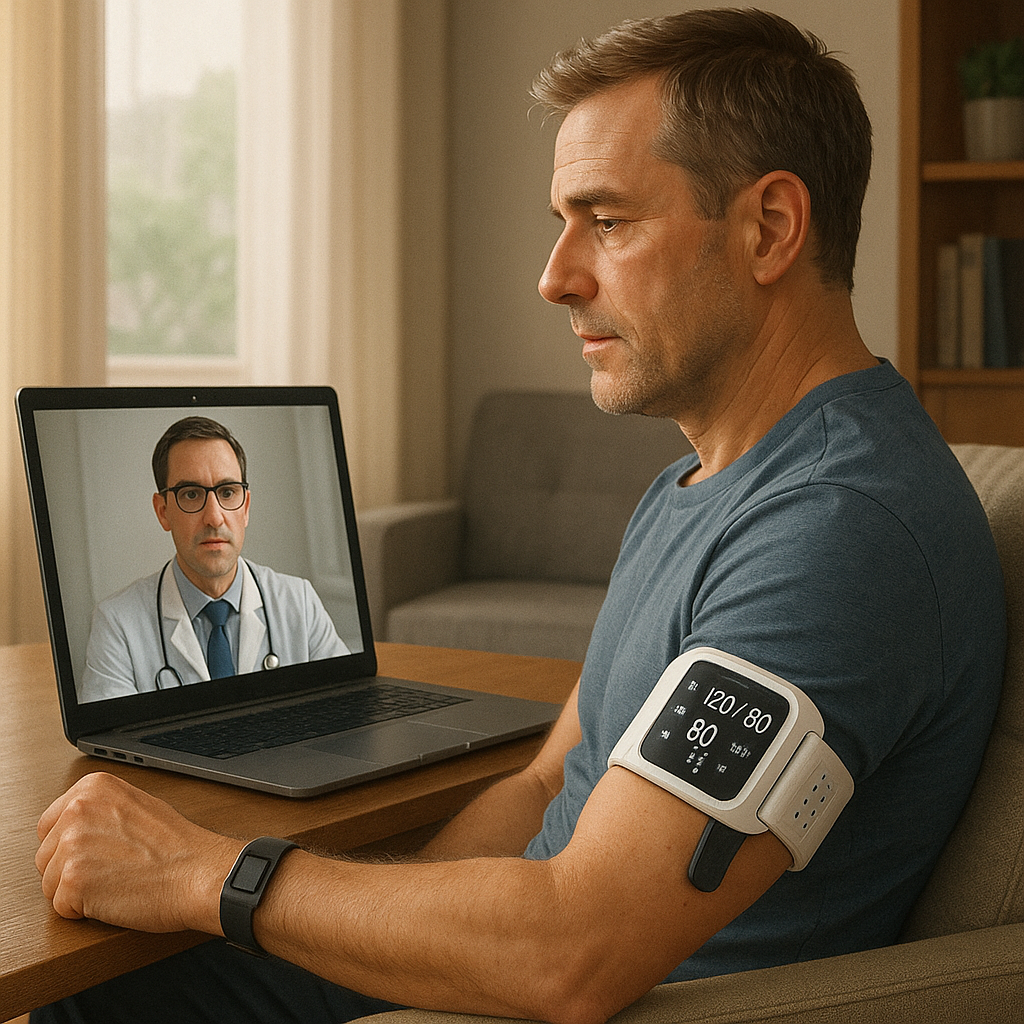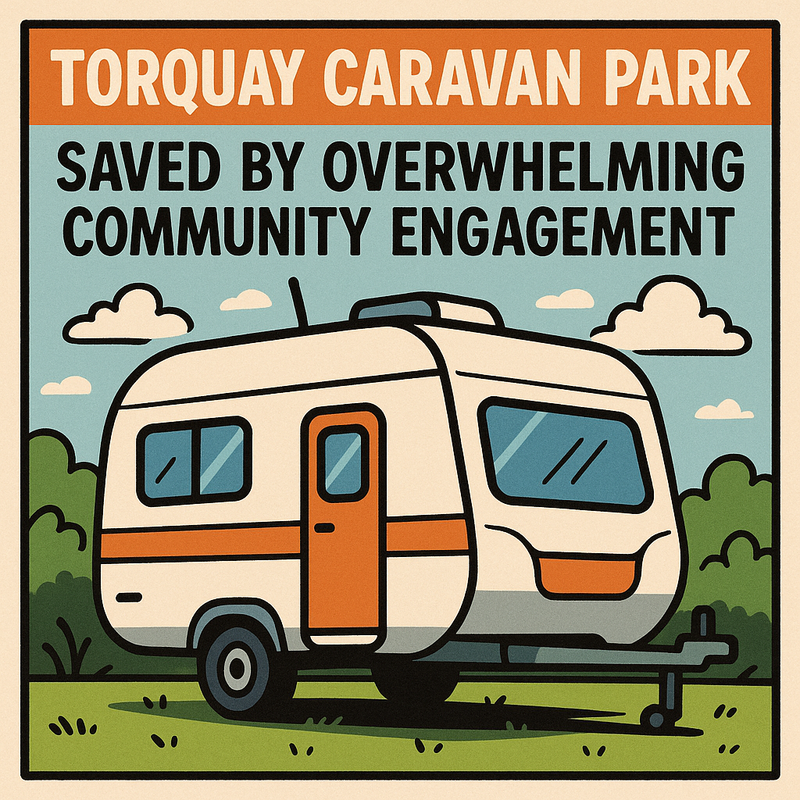Healthcare in 2050 on Fraser Coast: A Glimpse into the Future

When we speak of the Fraser Coast in 2050, we aren’t just discussing numbers or statistics, we are talking about our families, our neighbours, our friends, and our broader community. The region is projected to reach a population of 150,000, which is substantial growth, but the real significance lies in how our healthcare system will adapt to keep everyone healthy, happy, and connected as our community ages.
The main question we face is: what do we want healthcare to look like in 25 years ? The choices we make today will determine whether we’re reacting to problems or shaping a system that truly serves our needs.
Starting With Our Region
Fraser Coast is unique compared to larger centres like Brisbane or the Gold Coast. With an older population, we experience higher rates of diabetes, heart disease, arthritis, cancer, and dementia. Mental health challenges are also prevalent, affecting both the young and the elderly. Access is another concern, as many residents may face longer waits or must travel far for specialist care.
Our vision for 2050 isn’t just about high-tech hospitals; it’s about practical solutions suited to our region, care close to home, stable medical professionals who understand our community, and technology that bridges distances, allowing people from Maryborough, Howard, Burrum Heads, or Hervey Bay to consult specialists without a long journey.
Training and Keeping Our Own Workforce
A major opportunity for the future lies in nurturing local healthcare professionals. By 2050, we hope to rely less on temporary or fly-in workers, instead building a system where Fraser Coast youth can study, train, and work locally.
This approach isn’t just about staffing; it’s about fostering professionals who know the community intimately. When our healthcare workers understand our lifestyle and culture, they can provide more personal and effective care. The aging population, once seen as a challenge, becomes a valuable context for training future generations in managing chronic disease and aged care.
Distance No Longer a Barrier
Many residents know the frustration of travelling to Brisbane for quick appointments. By 2050, this should be a thing of the past. Telehealth already shows promise, but the future will make it standard practice. Imagine talking to a cardiologist or dermatologist from your own living room.
Wearable devices will play a key role, tiny sensors tracking blood pressure, heart rhythm, or blood sugar. If anything seems wrong, your GP is alerted and can intervene before issues escalate. For those with chronic conditions, this means fewer emergencies and greater peace of mind. Mobile clinics and drone-delivered medications will further enhance access, even for those living remotely.
Technology and Artificial Intelligence
Technology will be a major part of healthcare by 2050, though perhaps not as dramatic as science fiction might suggest. Artificial intelligence could instantly analyse skin conditions, while robotic surgery might allow experts to operate from afar. 3D bioprinters could produce custom joints or organs, and genomics will enable treatments tailored to everyone.
Despite these advances, technology will support, not replace, health professionals. Machines will handle routine tasks like administration and data analysis, freeing doctors and nurses to spend more time with patients, listening and caring.
Prevention Becomes Everyday Care
A key shift will be toward prevention instead of reaction. By 2050, most people will likely use wearables that monitor their health daily. That data will inform medical records, giving a clearer picture of overall wellbeing.
For a region with high chronic illness rates, this is transformative. Health teams will work proactively, helping people stay well and out of hospital.
Green, Sustainable Healthcare
Healthcare’s impact on the environment will be front and centre by 2050. Hospitals and clinics will run sustainably, using solar power, digital systems, and minimising waste. This benefits both the planet and the budget, allowing more resources to be directed to patient care.
Telehealth also plays a part in sustainability, reducing the need for travel. As a community that values nature, it’s fitting that healthcare would contribute to environmental care.
Mental Health Front and Centre
Mental health can’t be overlooked. The effects of stress, depression, and anxiety are felt throughout the community. By 2050, mental health care should be as routine and accessible as physical health care.
This means GPs, schools, workplaces, and community groups all play a role. Online counselling, AI screening tools, and stigma-reducing community education will help, making it easier for people to seek help.
The Real Question: What Do We Want?
Ultimately, the future is unwritten. While we can imagine advanced technology and new approaches, the real future for Fraser Coast healthcare depends on our choices now, training local professionals, investing in technology, and improving access.
If we want a 2050 where people enjoy longer, healthier lives in Fraser Coast, planning must begin now. Healthcare may never be perfect, but it can become smarter, fairer, and more connected.
In the end, the future of healthcare is about people, our people, and the kind of community we want to build together.









